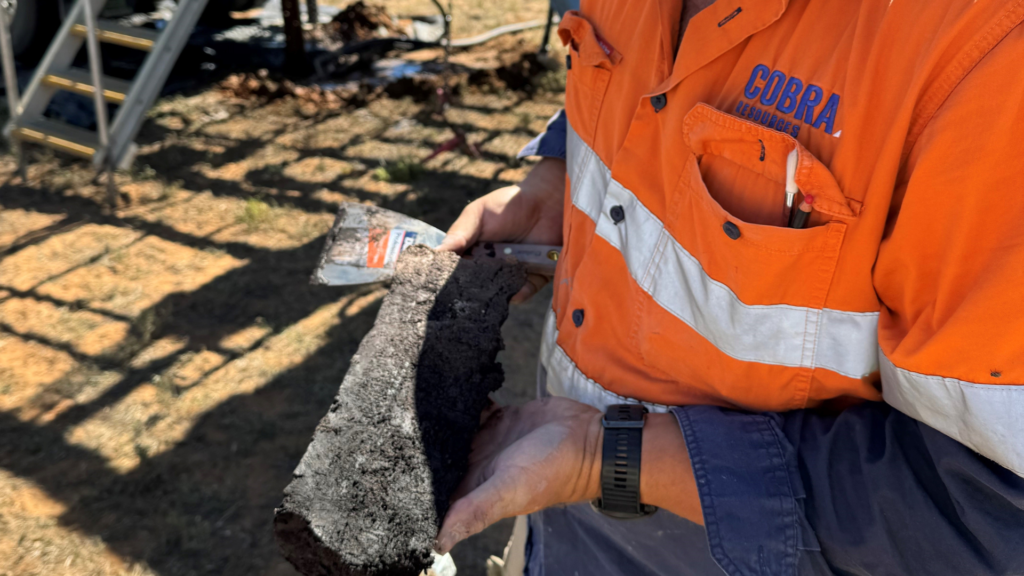The long-term growth in the Pensions business has been underpinned by the demand from pensions trustees and in-house pension
teams for high-quality expertise to navigate regulatory changes and increased complexity,
and this remains the case. In addition, with many defined benefit pension schemes
seeing an improved position, there is increased interest in buy-in and buy-out strategies
as well as corporate sponsors working with trustees to consider the viability of running
schemes in surplus on a long-term basis. The year-on-year net revenue was 4.7% lower,
with the comparison continuing to reflect the unusual surge in activity that followed
the liability-driven investment crisis that followed the government’s Autumn 2022
financial statement.
The Corporate Trusts business, saw strong growth year-on-year, consolidating the high level of revenues
achieved in H224. Although the uncertainty created by US tariff policy since April
has dampened new debt issuance, the majority of revenues are recurring in nature,
generated from servicing the existing book of business. LWDB has continued to win
new mandates. When bonds default, post-issuance work generates additional, counter-cyclical,
ad hoc revenues and these have shown some pick-up, with pockets of the UK economy
finding trading conditions particularly challenging. The smaller escrow business has
continued to grow.
Corporate Services, which comprises a diverse collection of businesses, including whistleblowing (Safecall),
structured finance services, company secretarial services (CSS) and service of process
(SoP), also saw good growth year-on-year. Revenues in SoP, the most economically sensitive
of all IPS businesses, were slightly ahead of H124, despite the uncertain trading
environment, but were below the stronger H224 level.
Safecall had an excellent first half and continued to experience strong revenue growth,
following a 25% increase in FY24. An increasing recognition that the provision of
whistleblowing services represents best business practice provides a strong tailwind
and investment in the business has positioned it well to meet this demand and increase
market share.
CSS is well advanced with its significant investment in the right people, skills and
systems to further exploit the growing
need for outsourced governance solutions. Although this is yet to feed through in
a meaningful way, H125 revenues were slightly up and LWDB is increasingly optimistic
that a record sales pipeline will begin to feed through as the year progresses.
Structured finance had a solid first half. It is a relatively small part of the business,
seeking to grow by leveraging the quality of its offering for which a pick-up in securitisation
markets would be beneficial.
Continuing to build value
LWDB has published an operational value of the stand-alone IPS business since 2015
to address the fact that the IFRS consolidation, representing the net assets of IPS,
fails to recognise the full value added. The determination of an appropriate value
inevitably requires the exercise of judgement and in doing so the board takes external
professional advice. Starting in FY24, this valuation is based on a forward-looking
discounted cash flow (DCF) valuation, the previous EBITDA multiple basis rendered
unsatisfactory by a shrinking range of market comparators.
The operational fair value of IPS continued to increase in H125 (+4.8%), with the
DCF-derived valuation reflecting a 10.6x multiple of the underlying EBITDA in the
previous 12 months (FY24: 10.5x). A full explanation of the methodology is provided
in the annual report, but in our view, taking account of the expected further growth
of IPS, the valuation continues to be conservative.





























